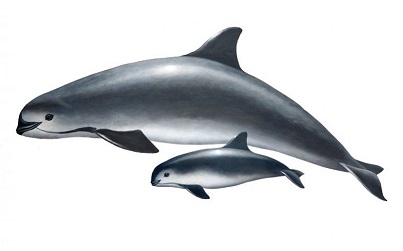900 319 0030
enquiry@shankarias.in
The Indian eagle owl was classified as a separate species recently, distinguishing it from the Eurasian eagle owl.

China tells Russia it will uphold 'impartial' position on Ukraine.
Delhi HC sought responses from the Centre, the Election Commission of India, and an alliance of 26 opposition parties in a public interest litigation against these parties’ use of the acronym I.N.D.I.A.
The plight of the Vaquita forces International Whaling Commission to issue first extinction alert.
Vaquita porpoise

International Whaling Commission
The Central government has told the Karnataka High Court that it will look into the matter of Havana Syndrome in India.
The Syndrome
Situation in India